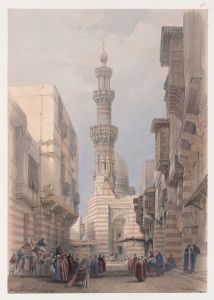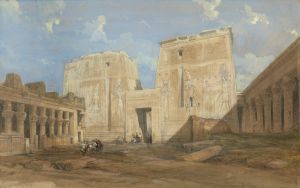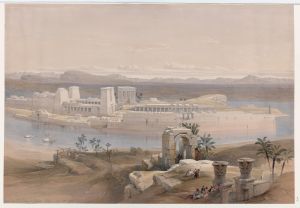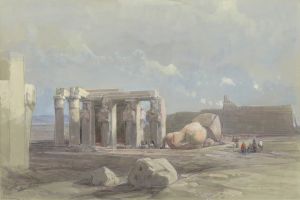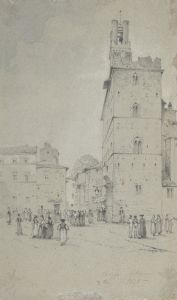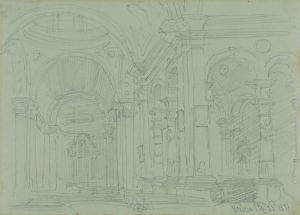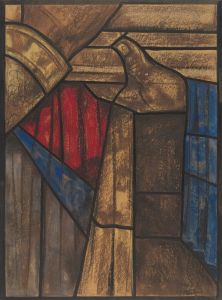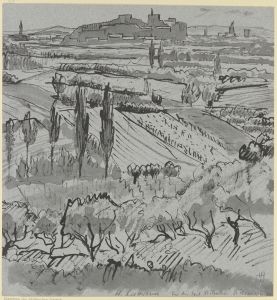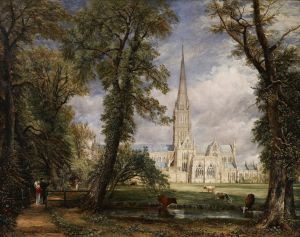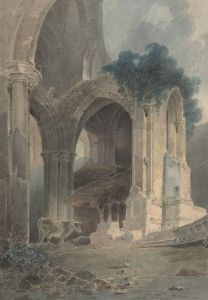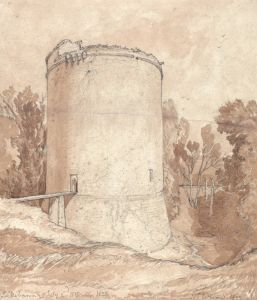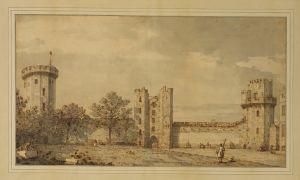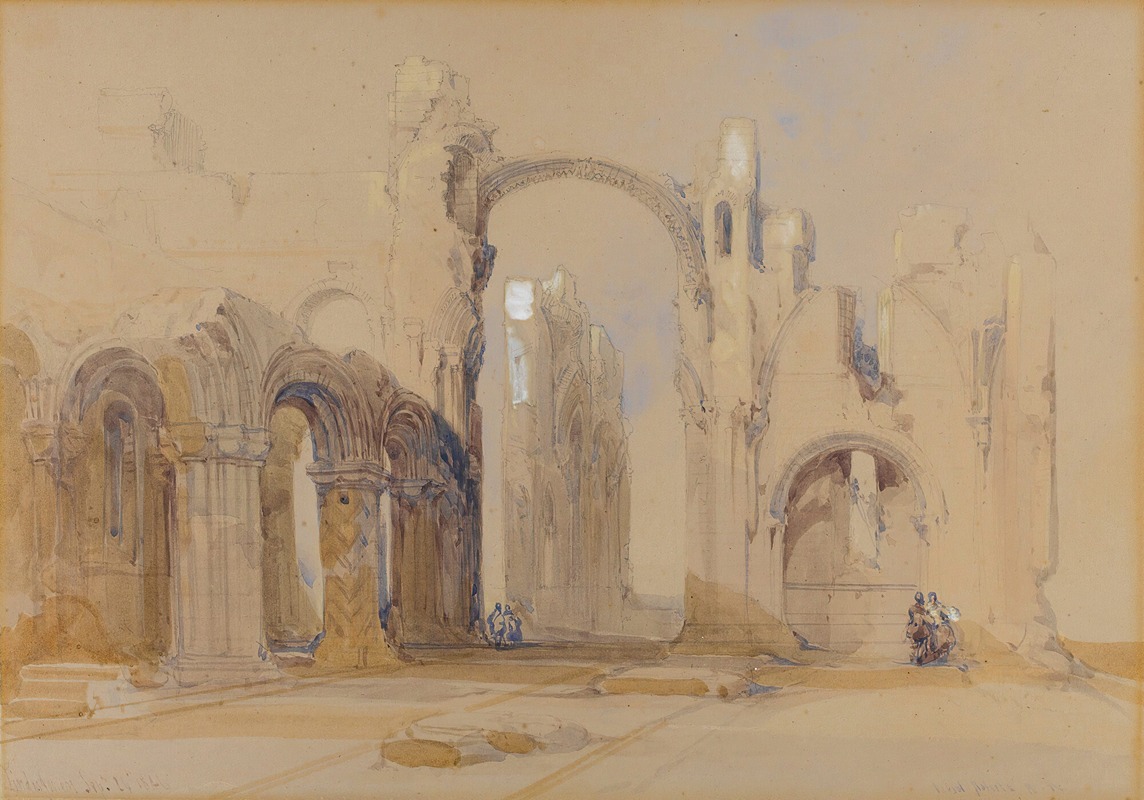
Lindisfarne Priory, Northumberland
A hand-painted replica of David Roberts’s masterpiece Lindisfarne Priory, Northumberland, meticulously crafted by professional artists to capture the true essence of the original. Each piece is created with museum-quality canvas and rare mineral pigments, carefully painted by experienced artists with delicate brushstrokes and rich, layered colors to perfectly recreate the texture of the original artwork. Unlike machine-printed reproductions, this hand-painted version brings the painting to life, infused with the artist’s emotions and skill in every stroke. Whether for personal collection or home decoration, it instantly elevates the artistic atmosphere of any space.
David Roberts was a renowned Scottish painter known for his detailed and picturesque landscapes and architectural scenes. One of his notable works is "Lindisfarne Priory, Northumberland," which captures the historic and atmospheric ruins of Lindisfarne Priory, located on Holy Island off the northeast coast of England. This painting is a testament to Roberts' skill in rendering architectural subjects with precision and an eye for dramatic composition.
Lindisfarne Priory itself is a site of significant historical importance. Founded in 634 AD by Saint Aidan, it became one of the most important centers of early Christianity in Anglo-Saxon England. The priory was a base for Christian evangelism in the North of England and played a crucial role in the spread of Christianity throughout the region. It is also famously associated with Saint Cuthbert, a monk and bishop who became one of the most venerated saints in medieval England. The priory's location on Holy Island, which is accessible from the mainland at low tide, adds to its mystical and isolated character.
The original structure of Lindisfarne Priory was built in the 7th century, but the ruins that stand today are from a later Norman priory established in the 11th century. The architecture of the priory is characterized by its Romanesque style, with distinctive features such as rounded arches and massive stone walls. The priory was dissolved in 1537 during the English Reformation under the orders of King Henry VIII, leading to its decline and eventual ruin.
David Roberts' painting captures the essence of these ruins, highlighting the interplay between the man-made structures and the natural landscape. His work often emphasized the grandeur and historical significance of architectural subjects, and "Lindisfarne Priory, Northumberland" is no exception. Roberts was known for his meticulous attention to detail and his ability to convey the texture and atmosphere of his subjects, qualities that are evident in this painting.
Roberts traveled extensively throughout his career, and his works often reflect his journeys and the diverse architectural styles he encountered. His paintings are celebrated for their historical accuracy and artistic merit, making them valuable records of the sites he depicted. "Lindisfarne Priory, Northumberland" is a fine example of his ability to capture the spirit of a place, combining historical reverence with artistic expression.
Today, Lindisfarne Priory remains a popular tourist destination, attracting visitors who are drawn to its historical significance and scenic beauty. The site is managed by English Heritage, which works to preserve its ruins and educate the public about its rich history. David Roberts' painting continues to be appreciated for its artistic representation of this iconic landmark, offering viewers a glimpse into the past and the enduring legacy of Lindisfarne Priory.





